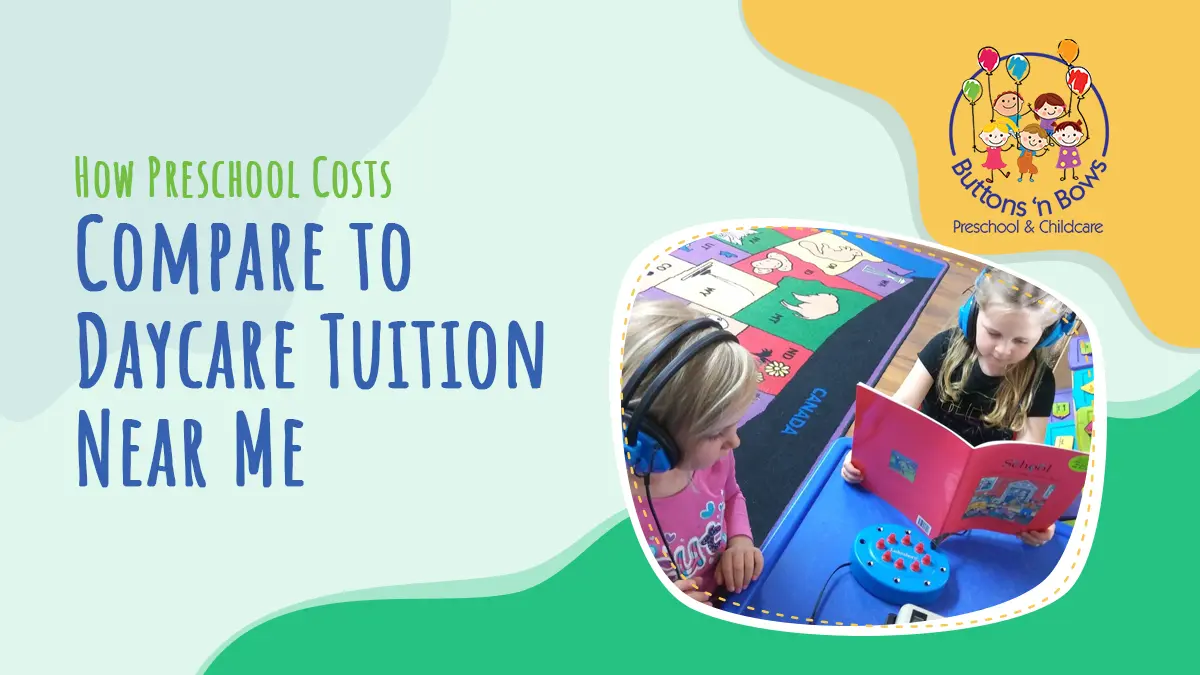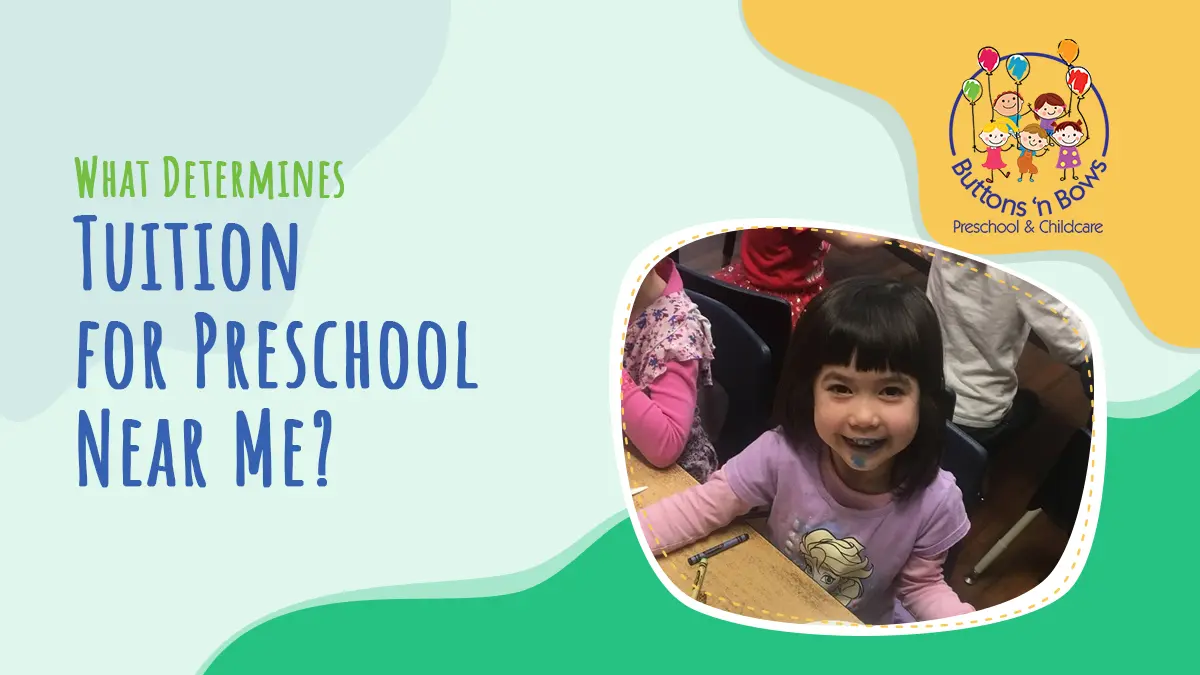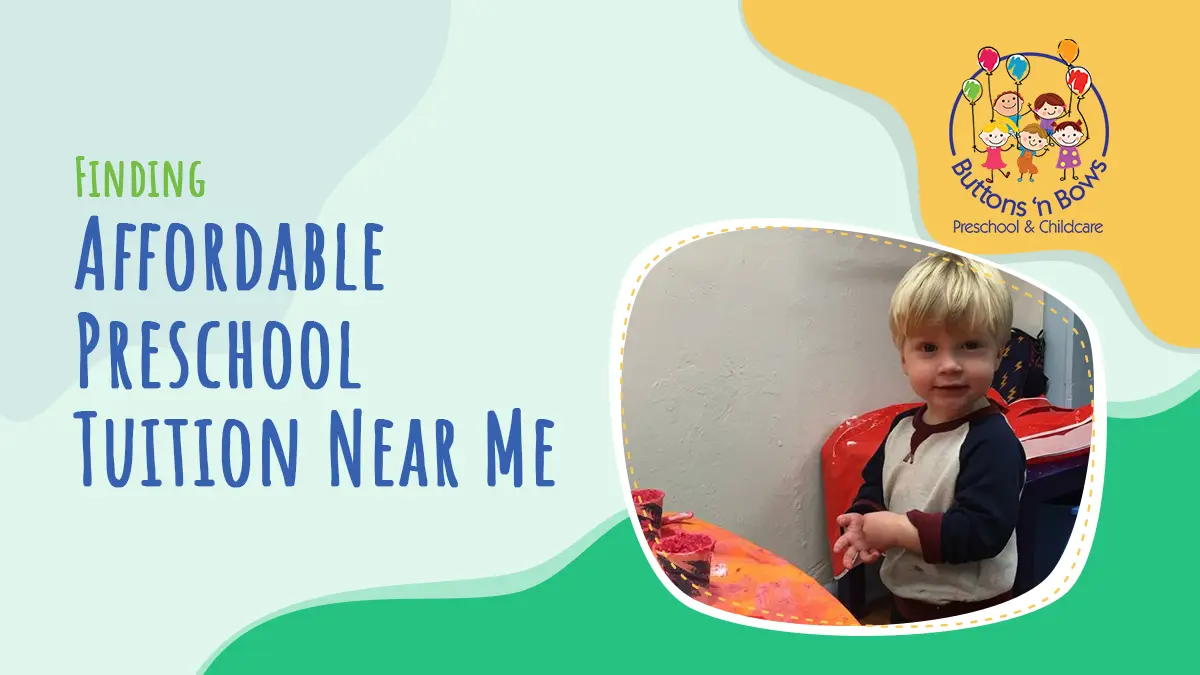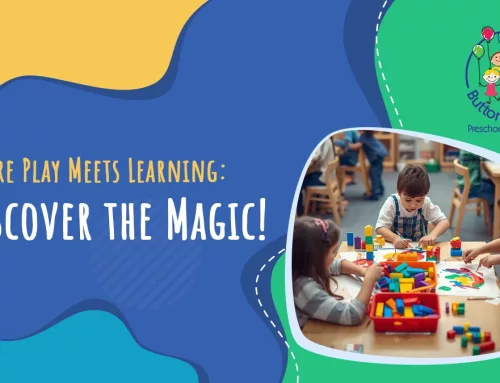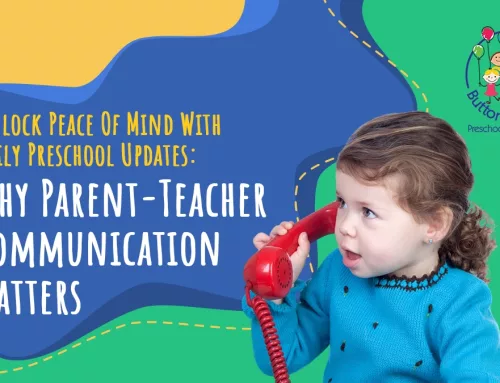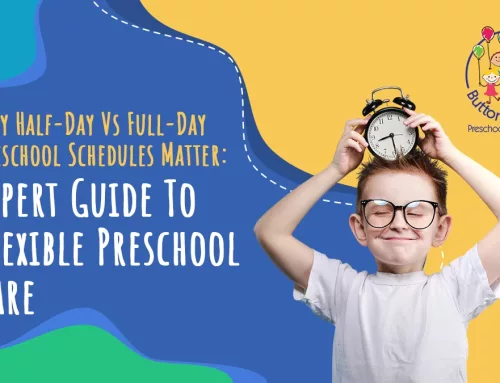Preschool tuition cost is one of the biggest considerations for families looking to provide their children with a strong early education foundation. As parents, you want the best for your little one—a nurturing environment, engaging learning experiences, and caring teachers. However, understanding what goes into tuition pricing can feel overwhelming.
Many factors influence the cost of quality preschool education, from program type and classroom size to teacher qualifications and included amenities. While affordability is important, it’s equally essential to consider the value a school provides in shaping your child’s growth and development.
How Preschool Costs Compare to Daycare Tuition Near Me
Choosing the right early childhood program for your little one is a big decision, and one of the most significant factors to consider is cost. Many parents begin their search by comparing daycare tuition near me with preschool tuition costs, wondering what sets them apart and how pricing reflects the quality of care and education.
Key Differences Between Daycare and Preschool Tuition
At first glance, daycare and preschool may seem similar, as both offer a safe, supervised environment for young children. However, there are key differences that influence pricing:
- Educational Structure: Daycares primarily provide care and supervision, while preschools follow structured learning programs to prepare children for kindergarten.
- Teacher Qualifications: Preschools often require early childhood education credentials, which can raise tuition costs compared to daycare staff, who may not need formal teaching certifications.
- Curriculum and Activities: Preschools integrate academic readiness, social-emotional learning, and enrichment activities, while daycares may have a more flexible, play-based approach without a set curriculum.
- Hours and Flexibility: Daycares typically offer full-day, year-round care with flexible drop-off and pick-up times, whereas preschools may follow a school-year schedule with shorter hours, impacting overall tuition rates.
Factors Influencing Daycare Tuition Near Me vs. Preschool Costs
The cost of daycare and preschool varies based on multiple factors, including:
- Location: Tuition rates are often higher in urban areas with greater demand and operational costs.
- Program Type: Montessori, Reggio Emilia, and private preschools may have higher tuition due to specialized teaching approaches.
- Class Size and Ratios: Smaller class sizes and lower student-to-teacher ratios in preschools often mean higher costs than daycares with larger group settings.
- Included Services: Some preschools include meals, enrichment programs, and extended care in tuition, while others charge additional fees.
Understanding the Added Value of Structured Preschool Programs
Although daycare may be the more affordable option in some cases, preschools provide additional benefits that contribute to a child’s development:
- School Readiness: A well-structured preschool curriculum helps children build early literacy, math, and social skills that set them up for success in kindergarten.
- Social and Emotional Development: Preschool environments foster peer interactions, conflict resolution, and independence, helping children develop confidence and communication skills.
- Exposure to Enrichment Activities: Many preschools offer music, art, and language classes as part of the curriculum, enhancing creativity and cognitive development.
When evaluating daycare tuition near me, it’s essential to consider whether the added value of a preschool program aligns with your child’s needs and long-term educational goals.
What Determines Tuition for Preschool Near Me?
When searching for the best early education option for your child, understanding what affects tuition for preschool near me can help you plan. Preschool costs vary widely, and several key factors influence how much parents can expect to pay. By exploring these aspects, you can make an informed choice that balances quality education with affordability.
Location and Its Impact on Pricing
The cost of preschool can differ significantly based on the school’s location. Some areas naturally have higher tuition rates due to economic factors, local demand, and the cost of maintaining a high-quality learning environment.
- Urban vs. Suburban Costs: Preschools in big cities generally have higher tuition due to increased demand, higher rental costs, and competitive teacher salaries.
- Cost of Living Influence: Areas with a high cost of living tend to have more expensive preschool tuition since operational costs are also higher.
- Competition Among Schools: If multiple preschools exist in an area, tuition rates may be more competitive. In contrast, locations with fewer options may have higher prices due to demand.
While location is one of the biggest price determinants, comparing programs carefully is important. Sometimes, higher tuition offers better resources, trained educators, and a more enriching curriculum.
Teacher Qualifications and Student-Teacher Ratios
A preschool’s tuition often reflects the experience and qualifications of its educators. Schools that invest in highly trained teachers and maintain small class sizes tend to have higher tuition rates.
- Early Childhood Education Degrees: Preschools with teachers holding degrees in early childhood education typically charge more due to their specialized training.
- Lower Student-Teacher Ratios: Schools that maintain smaller class sizes require more staff, which increases tuition but allows for better-individualized attention.
- Ongoing Teacher Training: Some preschools offer continuous professional development, ensuring staff stays updated on best practices in early education.
Investing in quality educators benefits a child’s development, so while higher tuition may be a factor, the quality of instruction and attention should also be considered when comparing options.
Curriculum, Learning Materials, and Included Services
The type of educational program a preschool follows is key in tuition pricing. Some schools offer specialized curriculums and additional services, which can increase costs but enhance a child’s learning experience.
- Specialized Learning Approaches: Montessori, STEM-based, or language-immersion programs often have higher tuition due to unique teaching methods and resources.
- Classroom Supplies and Materials: Some preschools include books, art supplies, and learning materials in tuition, while others charge additional fees.
- Meals and Snacks Provided: Schools offering meal plans may have slightly higher tuition, while others require parents to pack meals.
While these factors contribute to tuition costs, they also add value to a child’s education. Parents should consider what is included in the overall cost to determine the best fit for their child’s learning needs.
Finding Affordable Preschool Tuition Near Me
Many parents begin their search for early childhood education by looking for affordable preschool tuition near me while still prioritizing quality education. Preschool tuition can vary significantly, but there are several ways to manage costs without compromising your child’s learning experience. Parents can find a preschool that fits their budget and their child’s needs by exploring financial aid, flexible scheduling, and cost-saving strategies.
Exploring Financial Aid, Scholarships, and Government Programs
Preschool tuition doesn’t have to be a financial burden. Many programs offer assistance to help families afford quality early education. Parents should research available options to determine if they qualify for financial support.
- State-Funded Programs: Some states offer free or low-cost preschool programs for eligible families, helping reduce tuition expenses.
- Private Scholarships: Certain nonprofit organizations and preschools provide need-based scholarships to assist families with tuition costs.
- Employer Benefits: Some employers offer childcare subsidies or flexible spending accounts (FSAs) to help with preschool expenses.
These programs can significantly lower out-of-pocket costs, making preschool more accessible to families from different financial backgrounds.
Part-Time vs. Full-Time Enrollment Options
Many preschools offer flexible scheduling, allowing parents to choose between part-time and full-time programs. This flexibility can help families reduce tuition costs while providing children with a valuable learning experience.
- Half-Day Programs: Some preschools offer morning or afternoon sessions at a lower tuition rate than full-day programs.
- Fewer Days Per Week: Enrolling a child for two or three days a week instead of five can significantly cut costs.
- Drop-In or Pay-As-You-Go Options: Some preschools offer flexible payment structures that allow parents to pay only for the days their child attends.
By considering these options, parents can tailor preschool schedules to fit their budget while ensuring their child receives quality early education.
Ways to Save on Preschool Tuition Without Compromising Quality
Even if financial aid isn’t available, there are still practical ways to reduce preschool tuition while ensuring a great learning experience for your child.
- Sibling Discounts: Many preschools offer discounts for families enrolling multiple children.
- Co-op Preschools: Parent-led cooperative preschools often have lower tuition since parents contribute to the program by assisting in classrooms or administrative tasks.
- Payment Plan Discounts: Some schools offer tuition discounts for families who pay in full at the start of the year.
Finding the right balance between cost and quality is key when searching for affordable preschool tuition near me. With careful consideration, families can find a preschool that meets their child’s developmental needs without exceeding their budget.
Hidden Costs Parents Should Consider
When budgeting for preschool, many parents focus solely on tuition, but additional expenses can increase over time. These hidden costs can impact your budget, making planning essential. Understanding these potential fees will help ensure no surprises along the way.
Registration and Supply Fees
Many programs require upfront fees before a child starts preschool to secure a spot and cover classroom materials. These fees may not always be included in the advertised tuition cost.
- Enrollment and Registration Fees: Some preschools charge a one-time or annual fee to hold a child’s place in the program.
- Classroom Supplies: Parents may be asked to provide school supplies or pay a fee for materials like art supplies, books, and learning tools.
- Technology Fees: Schools that use digital learning tools may include a separate charge for access to online platforms.
Since these fees are often non-refundable, it’s a good idea to ask about them upfront when comparing preschools.
Meal Plans, Extended Care, and Extracurriculars
Beyond tuition, daily expenses like meals, aftercare, and special programs can add to the total cost of preschool.
- Meal Plans: Some preschools offer lunch and snack programs for an additional fee, while others require parents to pack food.
- Before and Aftercare Costs: If parents need early drop-off or late pick-up services, extended care fees can significantly increase monthly expenses.
- Extracurricular Activities: Special programs like dance, music, or language classes may require extra payment.
Understanding which services are included in tuition and which are additional costs can help parents make a more accurate budget.
Unexpected Expenses and How to Plan for Them
Even with careful planning, some costs may arise that parents didn’t anticipate throughout the school year.
- Field Trips and Special Events: Many preschools organize outings and celebrations that require extra contributions.
- Fundraising Contributions: Some schools encourage or require participation in fundraising efforts, which may involve financial commitments.
- Uniforms or Dress Codes: Schools with specific attire requirements may require parents to purchase uniforms or approved clothing.
Parents can prepare financially and avoid last-minute surprises that strain their budget by factoring in these potential hidden costs.
Conclusion
Understanding preschool tuition costs is essential in finding the best early learning environment for your child. While tuition rates vary, knowing what influences pricing—location, teacher qualifications, and curriculum—helps parents make informed decisions. Exploring financial aid, flexible enrollment options, and cost-saving strategies ensures that high-quality education remains accessible. The right preschool is more than just a place for learning; it’s a nurturing space where children grow, explore, and build a strong foundation for the future.
Looking for an exceptional preschool that offers high-quality early education and a warm, caring environment? Buttons’ n Bows Preschool and Childcare is here to help! Contact us today at 1-801-278-8223 or visit our contact page to discover our programs. We can’t wait to welcome your little one into our learning community!




